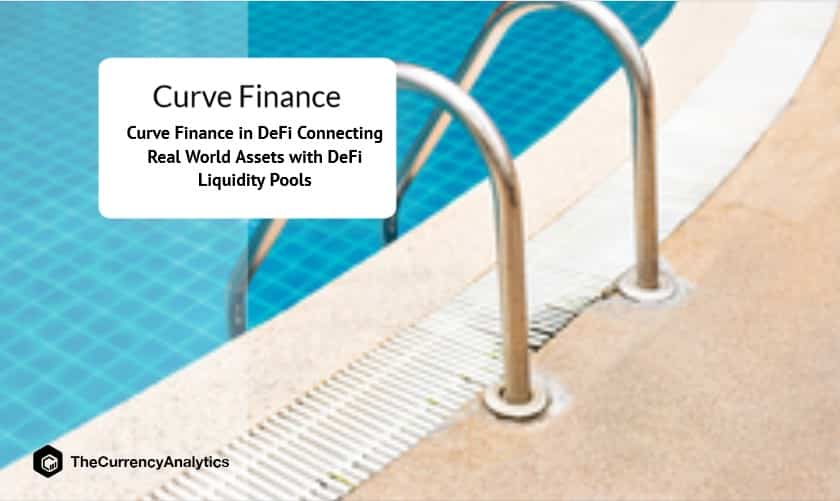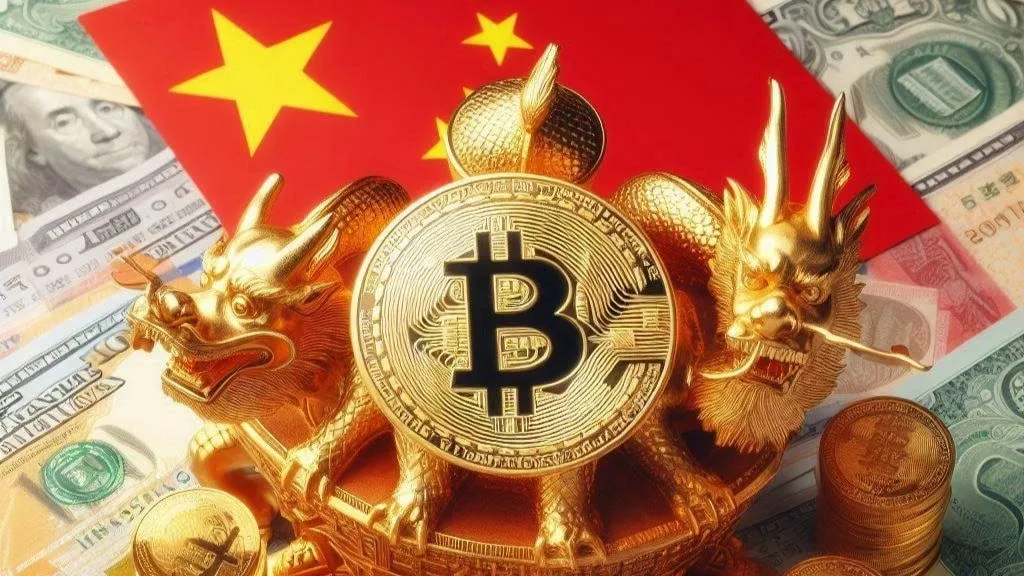
Curve is hailed to be one of the most popular platforms in DeFi as it favors stability and composability over volatility and speculation.
Curve Finance is a low-fee, low-slippage market maker protocol which switches between stable coins. Anybody will be able to contribute their assets to numerous different liquidity pools to earn a fee by making use of the Decentralized Liquid aggregator.
Curve Finance in the recent past expressed: “While being the battleground for largest stable coins competing with each other, Curve Fi observes record trading volumes. That’s no surprise given that stable swap algorithm has some liquidity even when large fluctuations happen.”
For clarity, a liquidity pool can be thought of as a pot of cryptocurrency assets which are locked within a smart contract. These can also be used for cryptocurrency exchanges, loans for borrowers and other applications.
How Does the Curve Finance work? Curve is working with an AMM protocol.
What Is an Automated Market Maker (AMM)? Automated market makers (AMMs) use a mathematical formula to price the digital assets on the decentralized exchange (DEX). The pricing algorithms replace order books, when determining asset prices. As opposed to having buyers and sellers, digital assets will be traded by utilizing liquidity pools.
The Curve AMM model has four main components: 1. Liquidity providers are people who deposit tokens to the Curve liquidity pools. 2. Liquidity pools are where liquidity provider tokens are kept to create exchange liquidity. 3. Trader’s swap tokens with the liquidity pool by creating buy and sell pressures that help determine token prices. 4. AMM algorithms efficiently price the tokens in the liquidity pool according to various factors, such as buy and sell pressures driven by traders.
Can Curve’s, VeToken Model Be the Future of Defi Token Design? DeFi protocols over the past couple of years, generated millions in revenue. Eventually this led to the staggering increase in the US and adoption of their products. However, there was a lot of skepticism around the tokenomics of the protocol. This eventually led to better models like the veToken model which could shape the future of DeFi token design.
veToken Model vs Tradition DeFi The major upsides of the veToken model vs Tradition DeFi models: 1. It encourages long-term-oriented decision-making by incentivizing the same and ensuring long-term commitment to the protocol. 2. It provides greater incentive alignment across the protocol participants. The ve-model has proven to be beneficial as it is capable of aligning incentives across a wide swath of protocol participants and stakeholders. Lastly, it improves supply and demand dynamics by helping numbers go high.
Connecting real world assets with DeFi liquidity pools is set to being in a real financial revolution. Millions of businesses across the world are crying out for new funding avenues. Defi is a boon in disguise.



Get the latest Crypto & Blockchain News in your inbox.